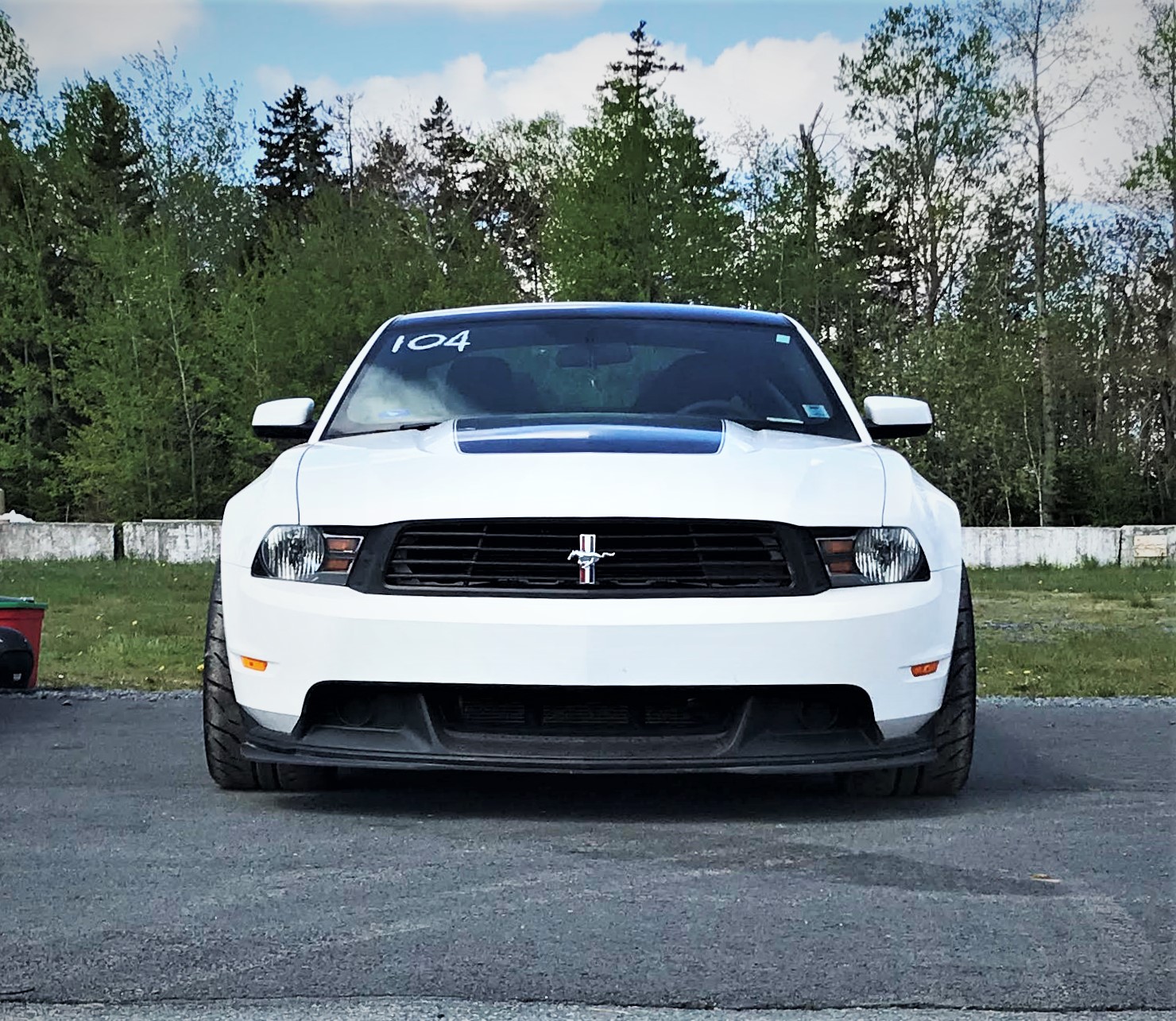Horsepower figures are finally in! The 2018 Mustang GT will make 460 hp and 420 lb-ft of torque out of the updated 5.0 litre Coyote V8. For those keeping score, those are increases of 25 hp and 20 lb-ft torque over the outgoing and exactly 5 hp more than the Camaro SS but 35 lb-ft less torque than the torquey small block Chevy. Back in February when I posted about the updated Mustang ( 2018 Ford Mustang Upgrades ), I figured it will be at least as much as the Camaro SS and was optmistically thoping for 470 hp. Ford landed almost right in the middle. While The Camaro should have the advantage at low rpms, the Mustang will have the upper hand in the top end and I love a big displacement high revving V8. The EcoBoost also gets some love. Although hp stays the same at 310 hp, torque jumps to 350 lb-ft, which should make it feel much stronger in midrange. Both cars will now switch to the 10-speed automatic co-developed with GM, but they'll still offer a manual option of course. Bo
Mitsubishi Evo X GSR at Atlantic Motorsport Park - Kevin Doubleday © If you live in Canada or the US, you'll find that plenty of people hold sacred the terms '4x4' and '4WD' to describe a 'true 4x4', where you have a butch transfer case with a low speed, perhaps a body on frame chassis, and ideally a solid axle or two. I'm not sure how that translates to the rest of the world. My extensive research into the motoring industry in Europe (which exclusively consists of watching Top Gear and The Grand Tour...) concluded that most people across the pond simply refer to any vehicle that is capable of sending any power to all four wheels as a 4WD vehicle, further muddying the waters. Where I grew up, 4x4 was more or less synonymous with 'Jeep' so that's not much help either. However, despite all various systems attempting to do the same sort of thing - distribute power between all four wheels instead of two - not all systems are created equal,










